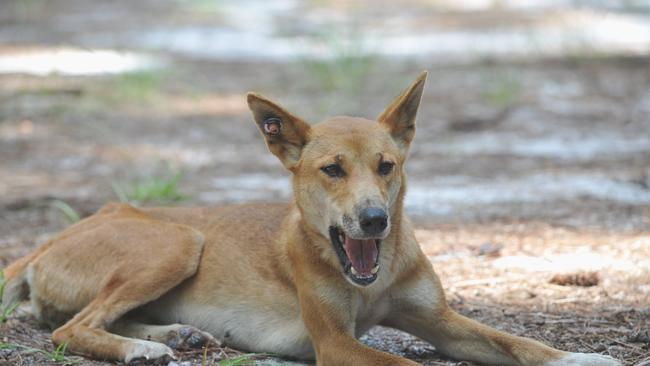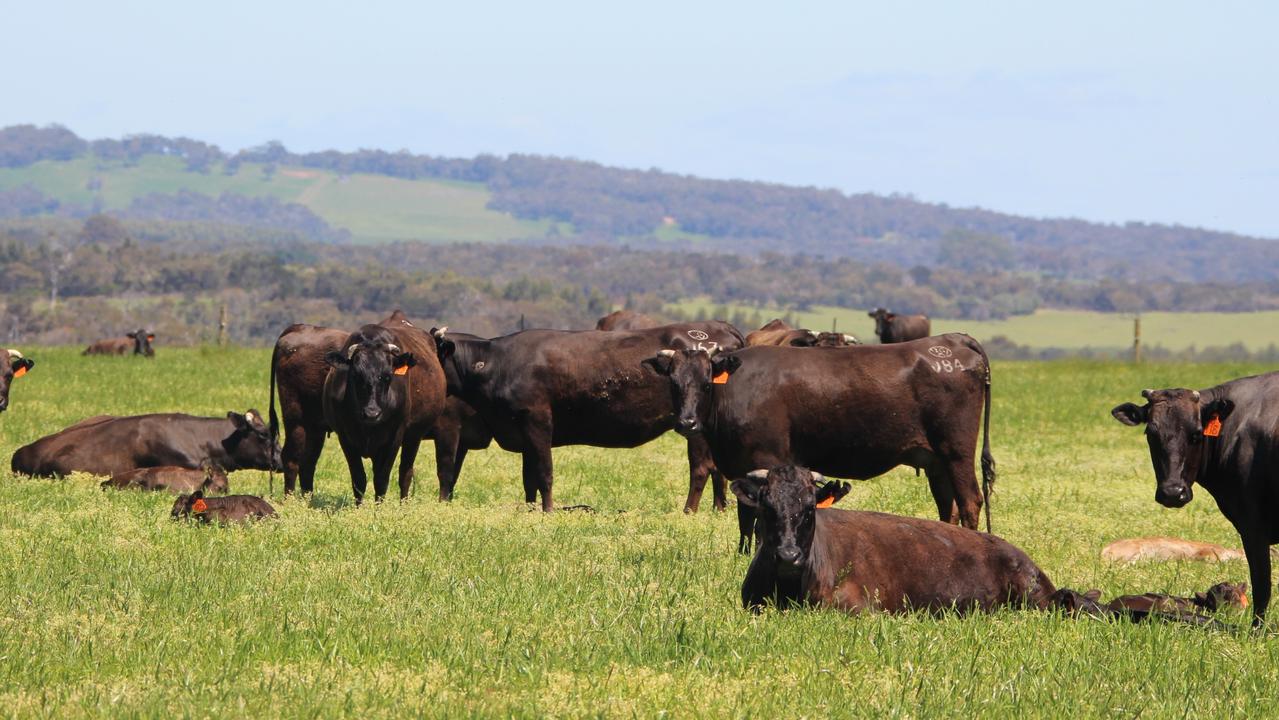Scientists rule dingoes are just dogs: Not a threatened species
Australia’s top 20 taxonomists have declared the dingo just another dog breed. So where does this leave Victoria’s wild dog control program, particularly the dingo unprotection order?

Australia’s top 20 taxonomists have declared the dingo just another dog breed, signing a joint declaration this month that states it “is not more genetically distinct than any other ancient dog variety”, such as Siberian huskies.
The Australasian Mammal Taxonomy Consortium of scientists from the nation’s top universities and museums, have unanimously agreed to classify the dingo, along with all other dogs, as Canis familiaris.
The move undermines Victorian Government attempts to classify the dingo as a separate species Canis lupus and raises questions about the legality of the Victorian Government ministerial orders that protect the dingo using the redundant term.
The AMTC said “robust analyses of nuclear genome data indicate that all Canis familiaris dogs can be split into three major ancestral lineages: a western Eurasian lineage (including European dogs such as the Labrador retriever, Middle Eastern, and African dogs, such as the basenji); an east Asian lineage (including Asian village dogs, some Chinese breeds, New Guinea singing dogs and dingoes); and an Arctic lineage (including Alaskan malamutes and Siberian huskies)”.
National Wild Dog Action Plan Coordination Committee chair Geoff Power said the taxonomists’ statement confirmed dingoes were an ancient breed of dog that no longer meets the eligibility criteria for a threatened species under the Flora and Fauna Guarantee Act 1998.
“The recent statement from the AMTC affirms the 2019 findings from the International Union for Conservation of Nature (IUCN), which also considered the evidence and determined the dingo to be a breed of dog, considered common and abundant across its range,” said Mr Power.
National Wild Dog Management Coordinator Greg Mifsud said the updated taxonomy acknowledgd the dingo as an ancient breed of dog, and this change should impact on the Victorian Government’s current review into the state’s wild dog control program, particularly the dingo unprotection order.
“The Victorian Government’s unexplained reluctance to accept the internationally and nationally recognised species designation and their continued reliance on a decades-old and incorrect state-based listing under the Victorian Biodiversity Atlas, baffles people and organisations negatively impacted by recent changes in control measures in northwest Victoria,” Mr Mifsud said.
However while the AMTC does not recognise the dingo as a separate species, which it says normally takes more than a million years of separation, its members said the “name and distinctiveness of the dingo is a separate issue to its ecological and cultural role.
“Naming the dingo as a separate species should not be necessary to protect it and recognise its value to Australians, and to species and ecosystem conservation.”




